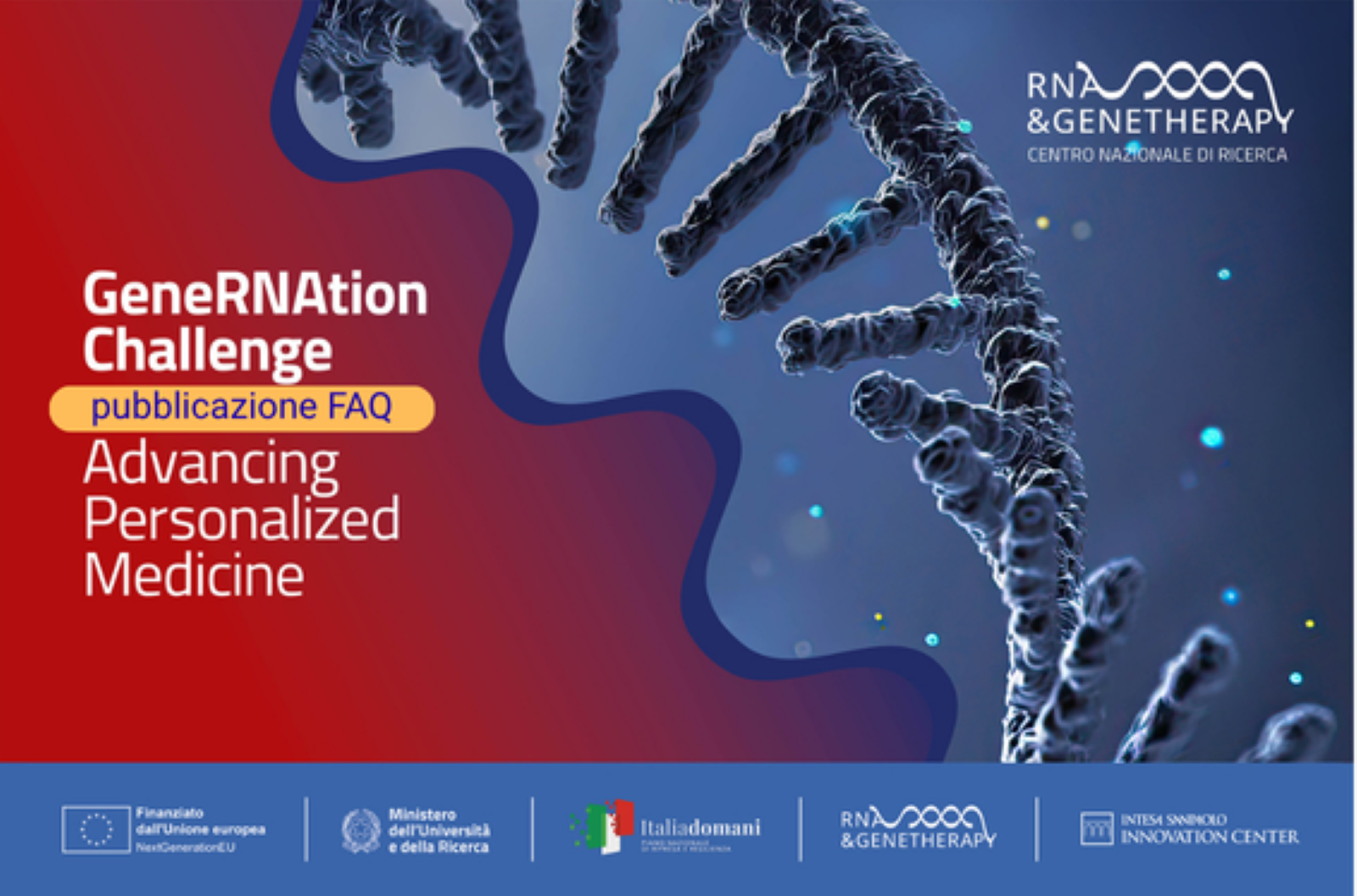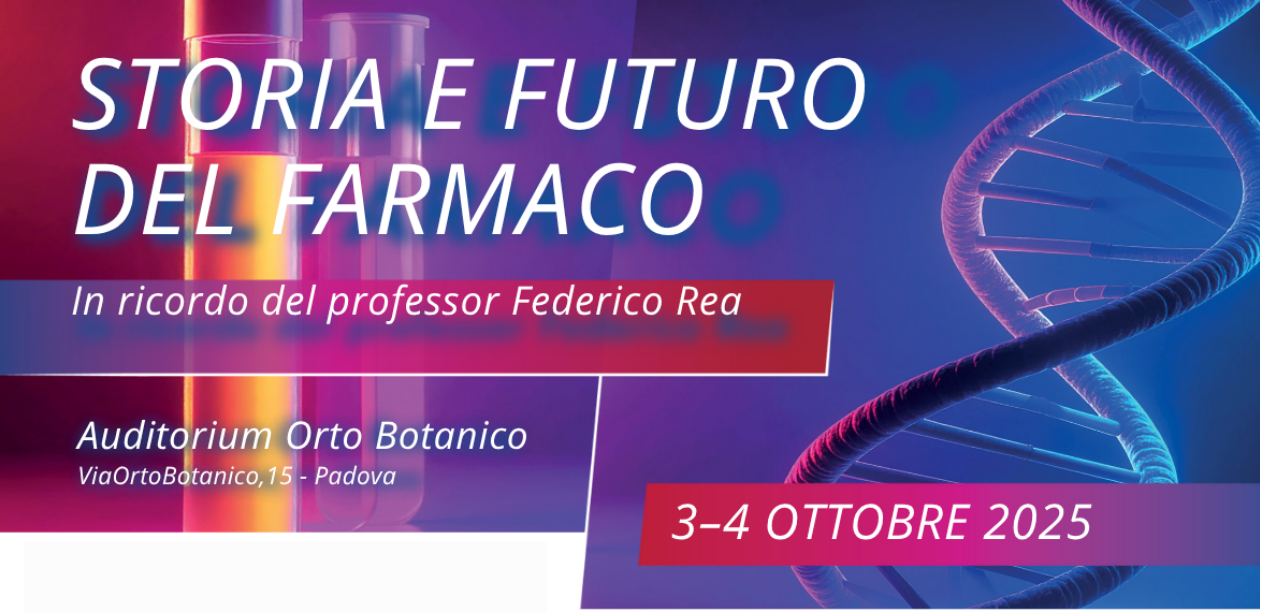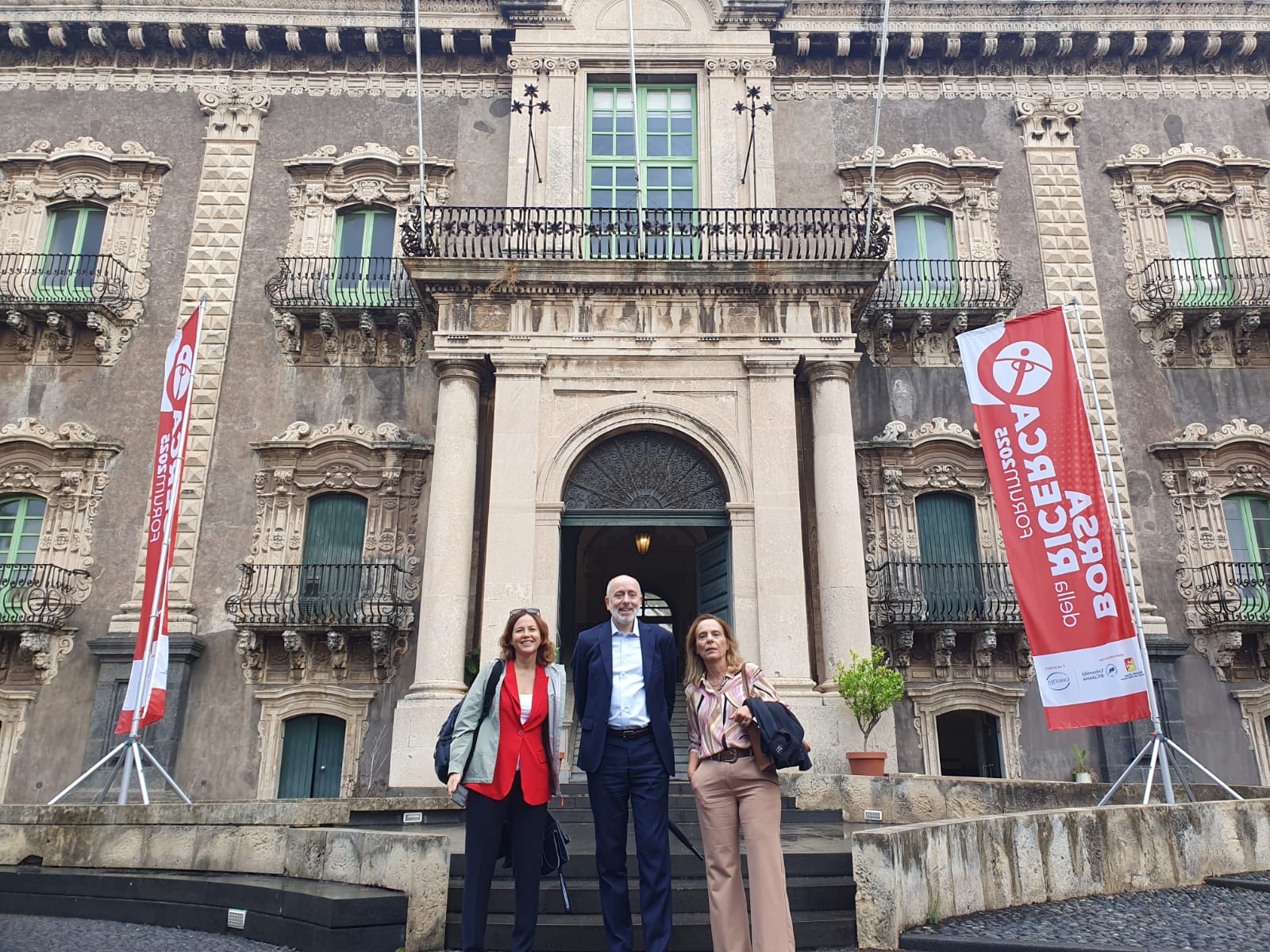Clinical Trial Progression: From Phase I to Phase II
The clinical trial (NCT03373097) was conducted in two phases.
- Phase I aimed to identify the right/recommended dose. Doctors gradually increased the amount of the GD2–CART01 cells to ensure safety and identify the most effective level.
- Phase II then expanded the study to include more children, using the optimal dose found in the first phase to evaluate the overall effectiveness of the therapy.
The results achieved in the study were very promising, showing that innovative CAR T cells targeting a molecule known as GD2 expressed on the surface of neuroblastoma cells have a potent therapeutic effect. When administered early, especially to patients with a lower disease burden, the therapy elicited responses in more than three out of four children (77%). Even more impressive are the results after five years, since nearly two-thirds of patients were still alive (67.6%), and about half showed no disease progression (52.8%) — outcomes significantly better than those seen with traditional treatments.
CAR T Cells in Pediatric Oncology
While CAR T-cell therapy has already revolutionized treatment for certain leukemias and lymphomas, applying it to solid tumors like neuroblastoma has been more difficult. The GD2–CART01 program from Spoke 10 shows that with optimized cell engineering, careful dose escalation, and strict clinical oversight, CAR T cells can provide durable responses in pediatric solid tumors.
Looking Ahead: Toward Multicenter Phase II Trials
Although the study involved a relatively small group, the durable responses observed offer strong evidence for broader testing. A multicenter, international Phase II trial is now in development to expand access to GD2-CAR T therapy for children across Europe and beyond. This milestone marks not only a major achievement for Spoke 10 and the National Center but also a paradigm shift in pediatric oncology’s approach to relapsed and refractory neuroblastoma.






